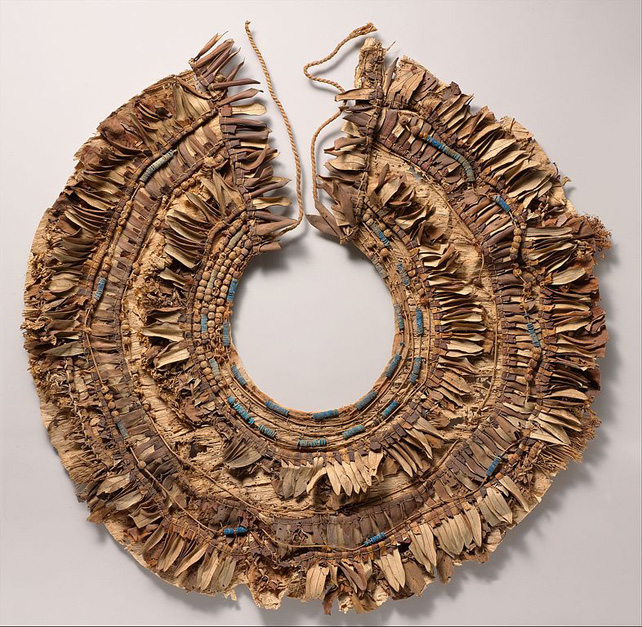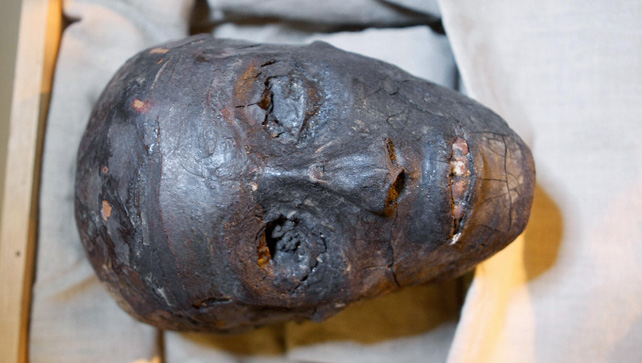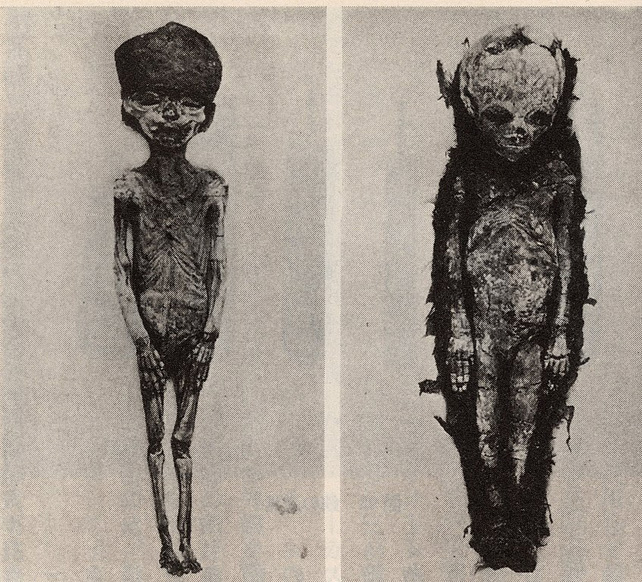A century ago, our knowledge of ancient Egypt was forever transformed with the discovery of King Tutankhamun’s tomb in the Valley of Kings on November 4, 1922.
Despite ruling Egypt for just a short period, Tutankhamun’s burial site was filled with unprecedented treasures, sparking our enduring fascination with mummies and ancient Egyptian royalty.
The unveiling of Tutankhamun’s well-preserved remains offers a glimpse into a distant past, allowing us to connect with the funeral rituals of a young king from centuries ago.
While the mystery surrounding Tutankhamun’s tomb, including rumors of curses, often steals the spotlight, it is important not to overlook the study of the individual himself.
The circumstances surrounding Tutankhamun’s death remain unclear, with recent medical examinations offering insights into his health but not providing a definitive cause of death.
Interestingly, Tutankhamun was laid to rest adorned with a collar made of flowers, a unique feature among royal burials that sheds light on ancient Egyptian burial customs.

Ancient Egyptians held flowers in high regard, as evidenced by the flower gardens painted on the walls of their tombs. Flowers were valued for their beauty, fragrance, and symbolism.
Analysis of the floral collar worn by Tutankhamen indicates that he was likely buried in the spring, between mid-March and late-April. The process of preparing his body for burial would have taken approximately 70 days, suggesting that the young pharaoh passed away in the winter months.
In order to preserve Tutankhamen’s appearance, the ancient Egyptians employed meticulous mummification techniques. After removing internal organs and the brain, the body was dried out using natron salt. This resulted in a mummy that could endure for millennia, albeit with a shrunken appearance.
According to ancient Egyptian beliefs, the soul (Ka) needed to reunite with the body in the afterlife, and the body needed to be recognizable to the Ka. To achieve a more lifelike appearance, substances like resin were inserted under Tutankhamen’s skin to give his face a fuller look.

In 2007, the preserved face of Pharaoh Tutankhamen was put on display in a specially controlled case at his burial site in the Valley of the Kings. Recent discoveries have challenged the belief that Tutankhamun’s embalming was rushed and poorly done due to his sudden death. The latest CT scans suggest that the process of mummification on his face required both time and expertise.
Contrary to popular belief, Tutankhamun was not alone on his journey to the afterlife. While we may imagine him in his tomb all by himself, it was discovered that two miniature coffins were found inside a wooden box in the treasury of his tomb. An examination conducted in 2011 revealed that these coffins contained the remains of two female fetuses, one of which was around five-to-six months old and the other around nine months, possibly dying during childbirth.
It is hypothesized that these fetuses were the daughters of Tutankhamun and his wife Ankhesenamun, who tragically passed away before their father. This new information sheds light on the complex and mysterious life of the ancient Egyptian Pharaoh and the secrets of his burial chamber.

Images of the mummified bodies of children 317a and 317b, believed to be the offspring of Tutankhamun, can be found on Wikimedia Commons. It was uncommon for the ancient Egyptians to mummify unborn fetuses or young children, but Tutankhamun ensured that his children were preserved for the afterlife, showing how important they were to him.
Despite his enduring fame, Tutankhamun has not always had a favorable relationship with it. Like modern celebrities, fame brought unwanted attention to Tutankhamun, leading to extensive scientific research and damage to his mummified remains. Tutankhamun is one of the most extensively studied mummies globally, rivaling even Otzi the Iceman.
Recent advanced CT scans have revealed that Tutankhamun’s body is no longer intact, with damage caused during the initial study in 1925 when he was forcibly removed from his coffin, resulting in the separation of his limbs and head from his torso. Tutankhamun is also unique as the only known royal mummy to remain in his tomb in Egypt, although there have been instances of unauthorized entry into his tomb, leading to further damage such as cuts and removal of ribs in search of valuables.
Through scientific advancements, we have gained insights into Tutankhamun’s health, life, and burial practices, highlighting how science continues to captivate our interest in the mysterious pharaoh.His legacy not only sheds light on his personal history but also demonstrates how scientific exploration fuels our fascination with the enigmatic boy king.